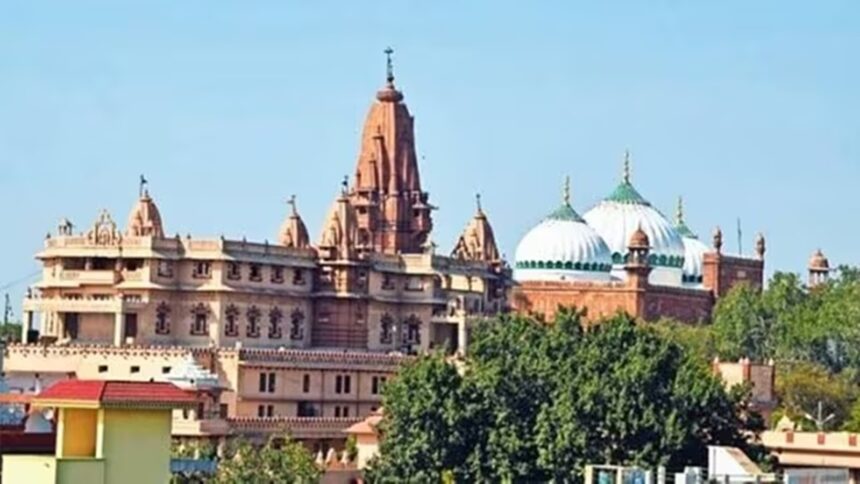The Supreme Court on Monday found no error in the Allahabad High Court’s decision to implead the Centre and the Archaeological Survey of India (ASI) in suits filed by Hindu worshippers seeking removal of the Shahi Idgah mosque from the Mathura site they claim to be Lord Krishna’s birthplace.
“One thing is clear. The amendment to the original plaint by the Hindu plaintiffs has to be allowed,” said Chief Justice of India Sanjiv Khanna, presiding over a two-judge bench.
The bench, also comprising Justice Sanjay Kumar, was hearing an appeal by the mosque committee against the March 5, 2025, high court order allowing the Hindu side to amend its petition and to add the Centre and ASI as parties to the case. The Hindu side had sought to implead the ASI saying the mosque was under the agency and hence exempt from the application of the Places of Worship Act 1991, which requires preserving the religious character of a place of worship as it was on August 15, 1947.
On April 4, the Supreme Court issued a notice to the Hindu petitioners. Hearing the plea again on Monday, the CJI said, “This plea is absolutely wrong…The High Court should have allowed the amendment to add the parties to the suit.”
The court added that it would, however, assess whether the order was effective and also its impact on the mosque side seeking the rejection of the plaint.
The counsel for the Muslim side said there was also the issue of whether the suit by the Hindu plaintiffs was barred and whether the high court had the jurisdiction to entertain it.
To a query from the Supreme Court, the mosque committee’s counsel said that it was yet to file its written statement on the amendment plea. The court directed that the written statement might be filed too.
The Hindu side had approached the Allahabad High Court seeking impleadment of the ASI and the Centre pointing to the existence of a notification under sub-section (3) of section 3 of Ancient Monuments Preservation Act (VII of 1904) published in the official gazette on December 27, 1920, declaring the property as a protected monument.
The Hindu plaintiffs contended that the property being a centrally protected monument, they had to place on record new facts for the adjudication of the case.








